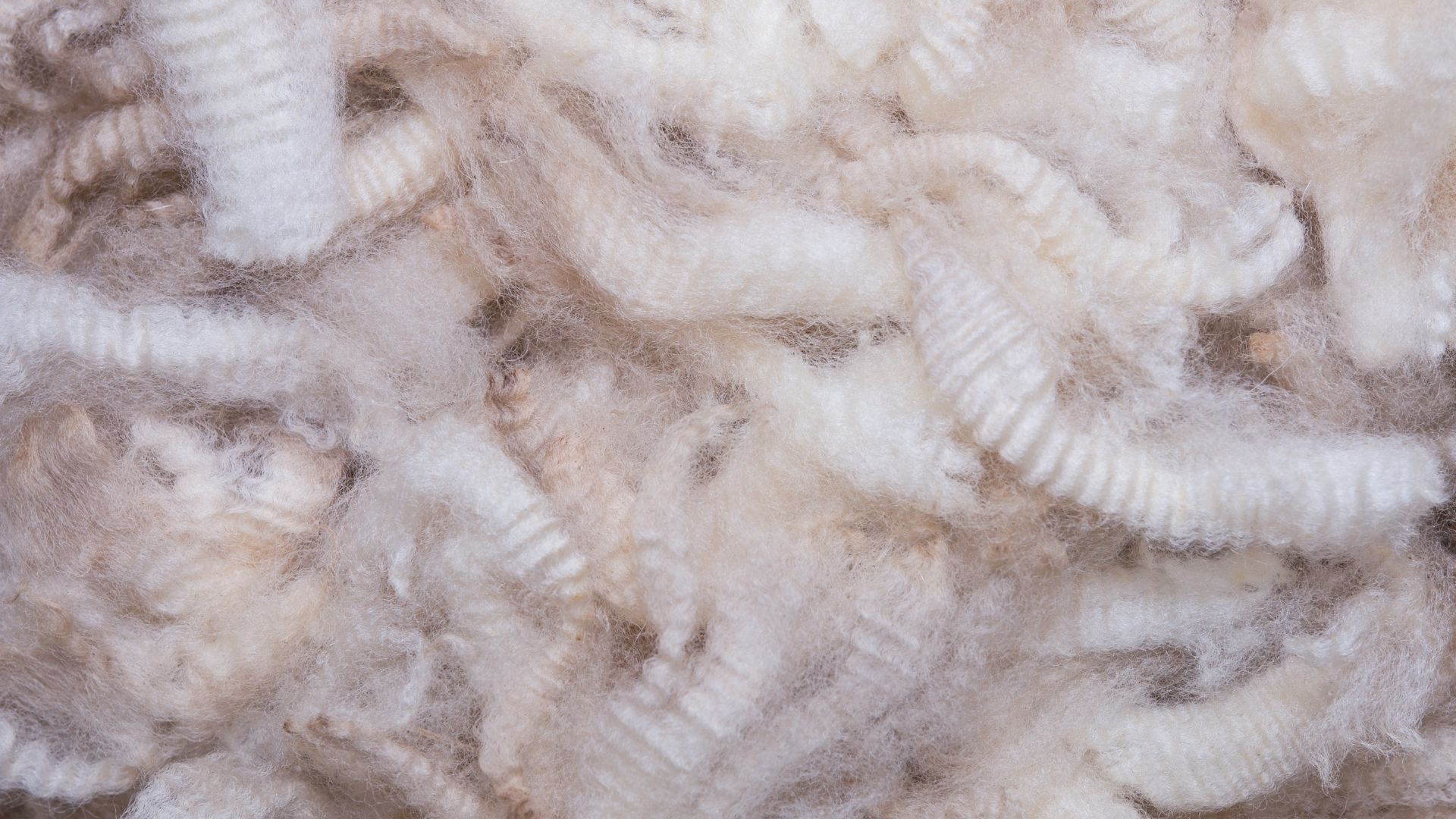It seems like everybody has their own favorite way to remove ticks. Burning them with a cigarette, smothering them with petroleum jelly, nail polish, and many other methods. I recently heard that rubbing alcohol can kill ticks, but does it actually work?
Does Rubbing Alcohol Kill Ticks? Yes rubbing alcohol will kill ticks, but you shouldn’t pour it on the tick while it’s attached to your body. Remove the tick using tweezers and dump it into a small Dixie cup of rubbing alcohol to kill it. Pour a little rubbing alcohol on the bite to prevent bacterial infection.
Rubbing alcohol might kill ticks, but you still need to learn a safe way to remove it from your body. Even if you won’t get Lyme Disease you still run the risk of getting a bacterial infection. Continue reading to learn the safest and easiest way to remove ticks.
Why Does Rubbing Alcohol Kill Ticks?

Ticks are tiny spiders that live in damp grass waiting for a host. Without being able to jump or fly they just hang out with their legs extended waiting to latch onto the first animal or human that passes by.
They need a warm humid environment to survive. So depriving them of moisture will kill them fast. A tick can’t live for more than a day or two in a temperature controlled house.
Rubbing alcohol kills ticks by drying out their body. Their hard outer shell starts to crack and they shrivel up and die. I wouldn’t be surprised if they got a little buzz going on too.
Pull The Tick Out With Tweezers First
Don’t just pour rubbing alcohol on an embedded tick and call it a day. That would be better than doing nothing, but you still run the risk of infection. You need to make sure the tick is out of your skin.
Tweezers work really well, but I actually bought a specialized tick removal tool a few years ago called the Tick Key. It made removing ticks from my dogs so much easier. Now I use it on myself whenever I pick up a tick alongside the trail.
- Use fine-tipped tweezers to grab the body of the tick. Grab it as close to your skin as possible without squeezing. The key is applying an even pressure without trying to smash the body.
- Pull upward on the tick applying an even pressure throughout. Never twist or jerk! You don’t want to break off the body and leave body parts inside. That would increase the chance of infection.
- Once the tick is removed, thoroughly clean the bite area with rubbing alcohol. Soap and water will work in a pinch.
- Never crush the tick with your fingers after pulling it out. Dropping the tick in a small cup of rubbing alcohol is the easiest way to kill it. It should dry up and die almost instantly.
The following instructional demonstration should help you visualize what you need to do. Pulling out a tick is actually much easier than it seems.
Will Rubbing Alcohol Make a Tick Back Out?
The idea that ticks hate rubbing alcohol has been around forever. It seems to have originated from an old Readers Digest article that claimed “ticks hate the taste of rubbing alcohol”.
That might be true, but a tick isn’t going to loosen its grip and give up the blood meal it needs to survive. There’s really no effective way to get a tick to back out on its own.
Most of these old wives tales originated because they do actually help reduce the risk of infection. They probably thought the method works because a tick will back out on its own after a day or two.
Ticks Release Disease at The End of Feeding
The problem with allowing a tick to back out on its own is that you have a higher chance of catching Lyme Disease and other tick-borne illnesses. Ticks release disease through their saliva at the end of the feeding cycle.
Catching and removing ticks early is crucial to preventing disease. You might still get a slight infection at the bite zone, but there’s no risk of Lyme Disease. Lyme disease is incurable if you don’t catch it early and get treated with oral antibiotics.
Other Terrible Methods To Remove Ticks
As I mentioned earlier there are a bunch of terrible methods to remove ticks. They might help reduce the risk of infection, but none of these methods will get a tick to let go.
- Burn It Out: The working theory behind this method is that if you hold heat against a ticks body it will be uncomfortable and let go. Researchers found that holding heat against an embedded tick did nothing and actually increased the risk of pathogen exposure. Heating the tick can cause it to rupture, regurgitate and increase your risk of exposure to pathogens.
- Smother it In Petroleum Jelly: People think petroleum jelly will make the tick start to suffocate and back out. This method kind of works but it takes a very long time. It’s a lot quicker and safer to just pull the tick out with tweezers.
- Layer on Nail Polish: This is the same basic concept as petroleum jelly. You’re trying to suffocate the tick into letting go. All this does is hardens the tick and secure it in place.
- Unscrew it: Grabbing and twisting a tick increases the chance of breaking its mouth off in your skin. As a tick bites on it cements itself into your skin. Twisting it off won’t get you anywhere.



